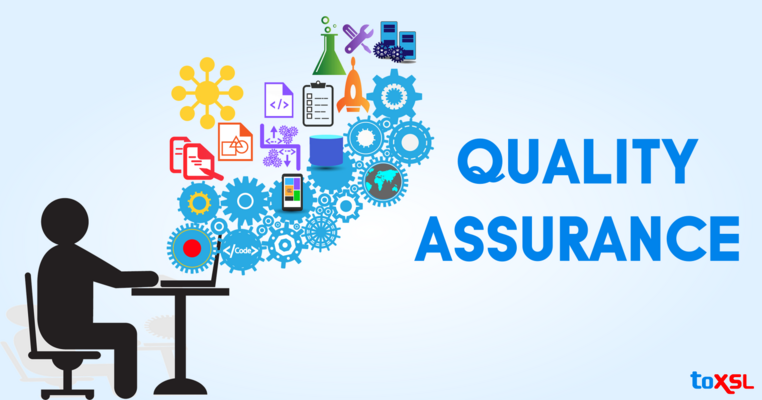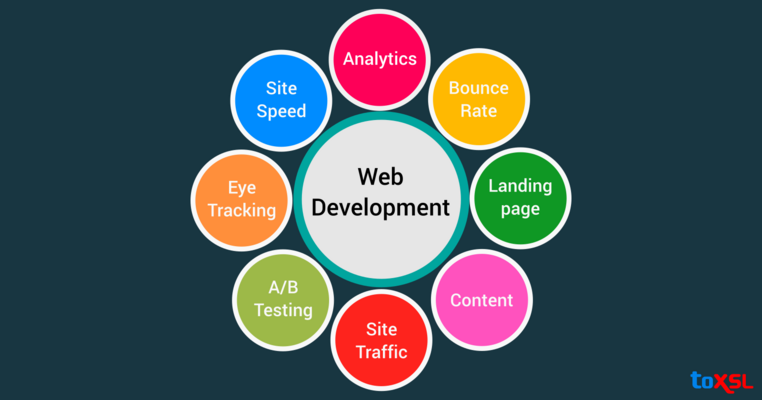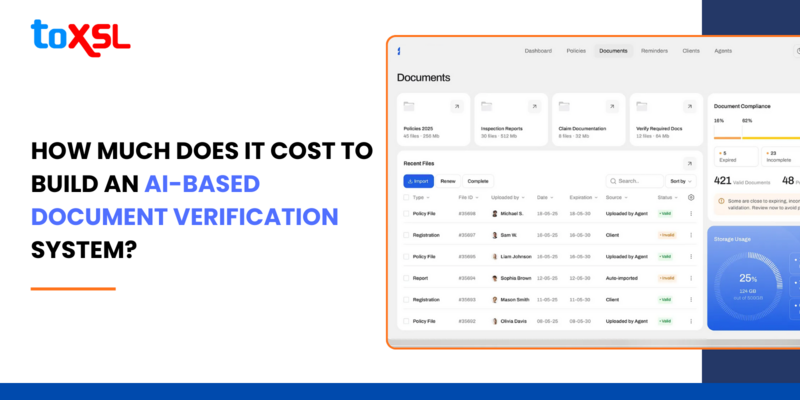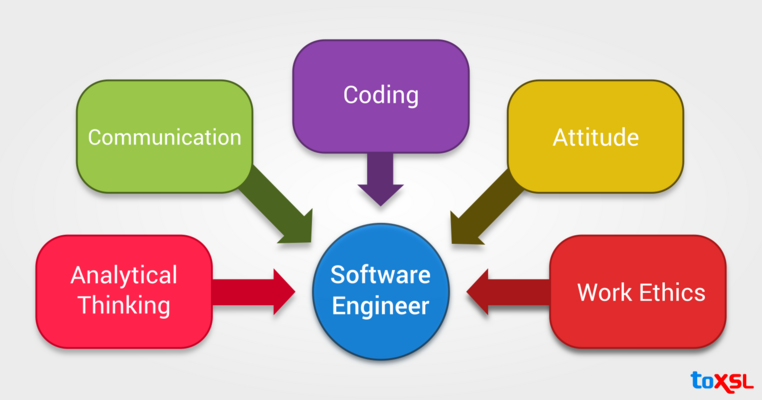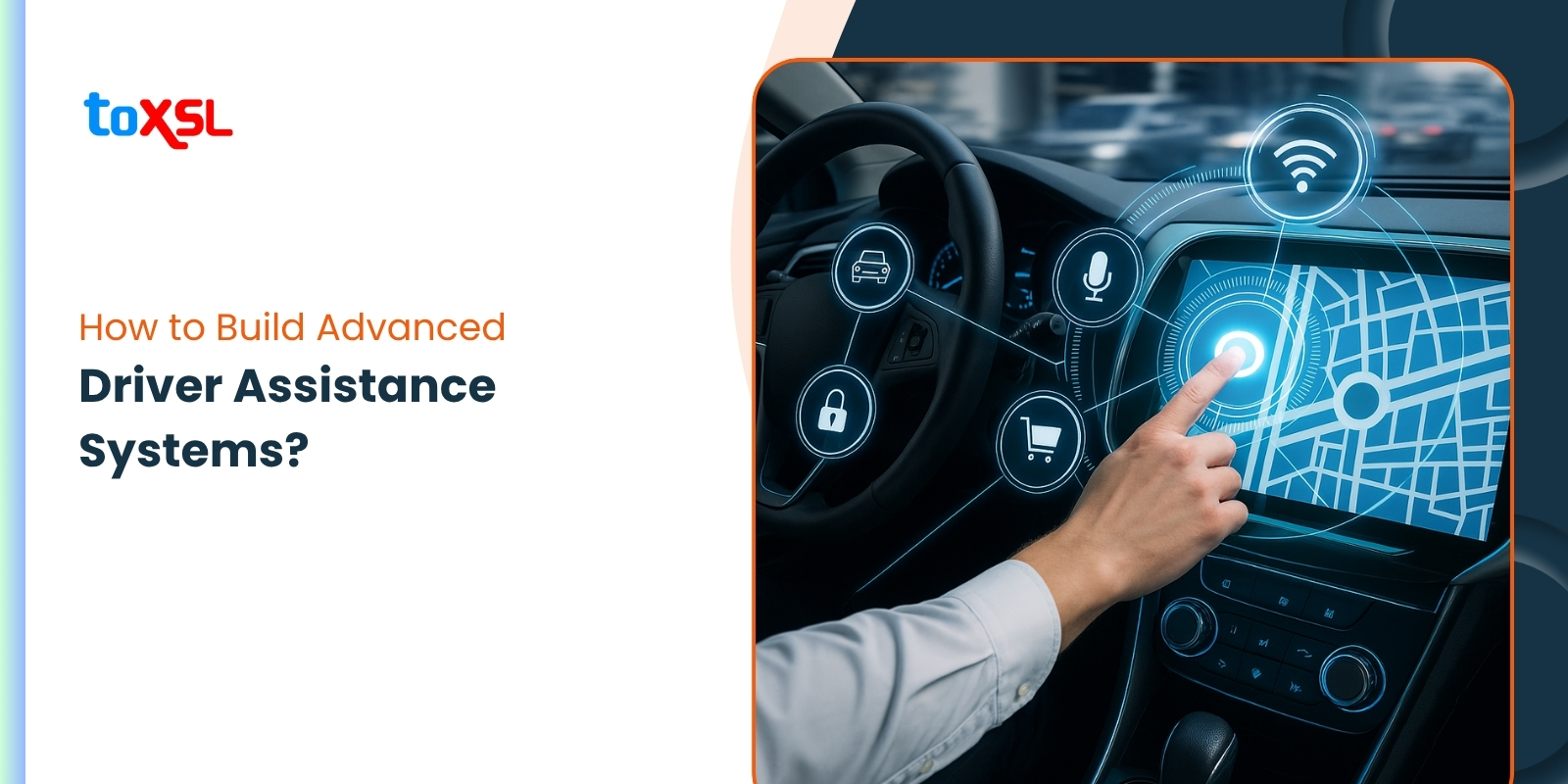
The global market of Advanced Driver Assistance Systems (ADAS) is expected to reach $212.2 billion by 2034, growing at a CAGR of 17.8%. Advanced Driver Assistance System reduces accidents by guiding adas drivers in pedestrian avoidance, lane departure correction, and traffic signal recognition. These systems can effectively improve adas driving and safety performance.
According to LogisFleet, ADAS leverages human-machine interface to enhance drivers'potential to adapt to road hazards.These devices improves safety and response times to possible threats by using automated warning and systems. Some of these elements comes with automobiles as standard parts. However, some manufactures can add aftermath elements and customize vehicle. Although maximum collisions are caused due to human negligence, but we can avoid them by employing adas advanced driver assistance system.
Key Takeaway
- The ADAS Automotive market is projected to hit $212.2 billion by 2034.
- ADAS enhances road safety through real-time alerts and automated responses.
- It includes passive (alerts) and active (automated control) systems.
- Development costs range from $40,000 to $200,000 based on features and complexity.
- ADAS improves driver awareness, reduces accidents, and supports autonomous driving.
Advanced Driver Assistance System (ADAS) minimizes the severity of automotive accidents and gives important traffic data, road closures, blockages, and congestion levels. These systems can detect when a driver is distracted and give cautionary signals to analyze driving performance and offer solutions.
However, these days vehicles come with standard safety features, such as lane departure warning systems, blind-spot warning systems, sensors, and much more.
ADAS System in Automotive
ADAS uses camera-based sensors to help driver stay alert to driving environment. We are living in an era where driverless vehicles are becoming the future of mobile-connected devices. With that, systems-in-a-chip is a collection of chips that are used in implementing autonomous applications solutions. SOCs link sensors to actuators using interfaces and high-performance electronic control units (ECUs).
Nowadays, modern cars are coming with built-in safety systems called ADAS (Advanced Driver Assistance Systems). These systems are improved every time car makers release new models or add new features. They use different kinds of information to help protect drivers and passengers.
One key part of these systems is car imaging, which uses special sensors that are even better than human eyes. These sensors can see all around the car, recognize objects in three dimensions, and work well even in bad weather or low light. They also provide up-to-date information so the car can react quickly to what’s happening nearby.
ADAS technology was made to give early warnings and help drivers react faster. Most accidents happen because people make mistakes while driving. These systems help by doing some driving tasks automatically and fixing common driver errors. The main aim is to make driving safer and to have fewer accidents and injuries.
Self-driving cars use special tools and programs to see everything around them, both close and far away. The people who make these tools use new and better technology to make them work well, use less power, and be smaller.
Types of ADAS systems
Here are the types of Advanced Driver Assistance Systems:
Passive ADAS Systems: In a passive ADAS system, the computer alerts the driver regarding any dangerous circumstance. The warning system includes sirens, flashing lights, and a steering wheel that vibrates to alert the driver to the zone. Passive ADAS system offers real-time data about the driving environment and alerts using human-machine interface (HMI). The data is transferred in three modes, visual, auditory, and haptic. Visual cues are more intuitive and transfer signals using symbolic information and color.
Active ADAS Systems: In smart car safety systems called ADAS, the car can help keep you safe by taking action on its own when needed. For example, if it senses a crash might happen, the car can automatically apply the brakes without you having to do anything. This is called automatic emergency braking (AEB). There are other helpful features too. Adaptive cruise control (ACC) adjusts your car’s speed automatically if the vehicle ahead slows down, so you don’t have to keep changing the speed yourself. Lane-keeping assist (LKA) and lane centering (LC) help the car stay inside the lane by gently steering it. When you’re stuck in traffic, traffic jam assist combines these features to make driving easier and less tiring. All these smart functions work together to make driving safer and are important steps toward cars that can drive themselves, either partly or fully.
Cost to Develop Advanced Driver Assistance Systems
The development cost associated with ADAS depends a lot on technology. In general, the cost to develop an ADAS ranges between $40,000 to $200,000, depending on system architecture, level of automation, and hardware-software integration requirements. However, the cost range can fluctuate depending on business needs. Here is a formula that can help you evaluate the cost of ADAS:
Cost of ADAD Development = (Total cost to develop an ADAS)/(Development Time x Hourly Rate)
A few factors on which the cost of development depends are as follows:
Research & Planning: Research work takes up to 2 to 4 weeks. This phase covers research work such as understanding market and studying competitors. The cost can range from $3000 to $10,000.
Design & Structure: Designing of website involves planning related to system work, features, and functionalities you want to add to your system. The cost of of designing and structure can range between $10,000 to $25,000.
Development: This involves the development phase where you develop features and functionalities of the system. The cost of development can range from $25,000 to $60,000.
Testing: This includes testing of the developed system and check if all the features are working well as required. The cost of testing your system can range from $10,000 to $30,000.
Launch: The launching phase involves connecting the software system to the car. The cost of launch ranges from $5000 to $10,000.
Benefits of Advanced Driver Assistance Systems
Advanced driver help systems, called ADAS, are safety tools in cars that stop drivers from making mistakes. These systems use smart sensors to watch what is around the car. They then tell the driver important things or help by doing some actions on their own. These systems also connect to the internet and other devices to make driving safer and better.
Makes Safety Systems Better by Itself: Car safety features can improve automatically. ADAS helps stop accidents by warning the driver or even controlling the car to avoid crashes.
Uses Smart Features to Help Driving: Features like automatic lights, warnings for hitting people, and cruise control help the driver. They warn if there is a car in a blind spot or if the car moves out of its lane.
Helps the Driver Understand Traffic: The driver is very important. ADAS watches the traffic and helps the driver know what is happening on the road. This helps the driver make good decisions.
Learns How the Driver Acts: Before changing lanes, drivers check mirrors and look around. ADAS watches these actions to understand what the driver wants to do. This helps the system keep the driver safe.
Provide About Car Problems Early: The car has sensors that check things like fuel, tire pressure, and engine health. It sends alerts if something needs fixing. This helps avoid problems and keeps the adas car safe.
Conclusion:
ToXSL Technologies is a leading Artificial Intelligence services provider company, renowned for offering the most innovative solutions to businesses worldwide. At ToXSL Technologies, we develop the most secure and intelligent ADAS platform. Our team of seasoned developers holds a strong experience in technologies needed to develop the best ADAS platform. We have a deep understanding of developing and designing systems that work well with real-time data.
If you are looking to hire an innovative ADAS platform, we are here to help. Contact us to learn more.
FAQs
How much time does it take to develop an Advanced Driver Assistance Systems?
The development timeline varies, typically taking 3 to 9 months based on complexity and required features.
What’s the difference between passive and active Advanced Driver Assistance Systems?
Passive Advanced Driver Assistance Systems alerts the driver without taking action, while active ADAS can intervene automatically, such as applying brakes or steering.
How does ADAS detect road hazards?
ADAS systems use sensors and real-time data processing to monitor the vehicle's surroundings, detect obstacles, and predict threats.
Does Advanced Driver Assistance Systems work in all weather conditions?
Advanced ADAS systems are designed to function in various weather conditions, but extreme environments (fog, snow, heavy rain) can affect sensor performance.
Can Advanced Driver Assistance Systems be added to older vehicles?
Some ADAS features can be retrofitted into older vehicles using aftermarket kits, but full system integration may be limited.
Is ADAS worth the investment for fleet vehicles?
Yes. For fleets, ADAS reduces accident rates, lowers maintenance costs, and improves driver performance, making it a smart long-term investment.
Are there any legal regulations for Advanced Driver Assistance Systems?
Yes, many countries have safety regulations that encourage or mandate certain ADAS features like automatic emergency braking (AEB) in new vehicles.
How does Advanced Driver Assistance Systems support eco-driving?
ADAS features like adaptive cruise control and traffic jam assist help maintain steady speeds and reduce unnecessary braking, improving fuel efficiency.





